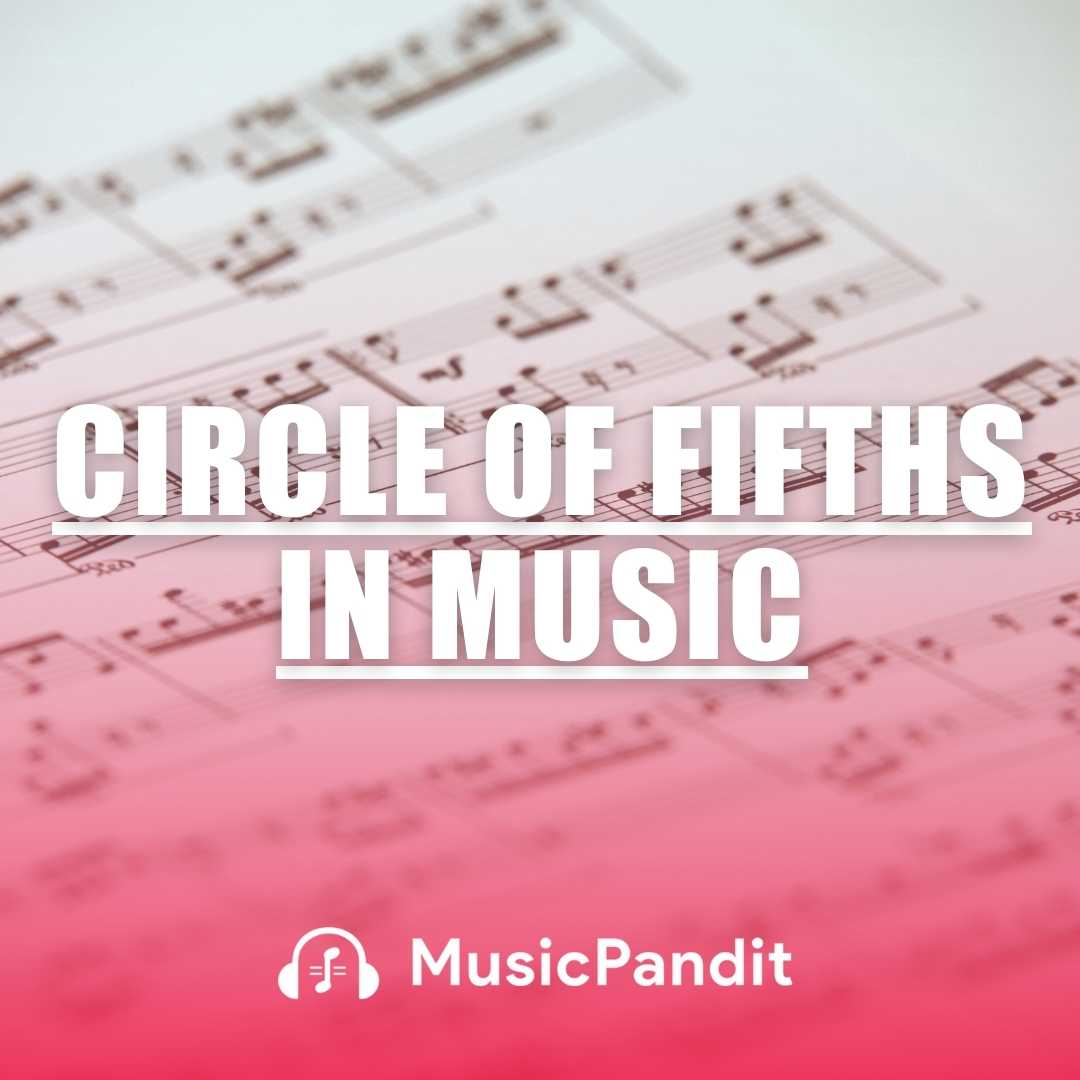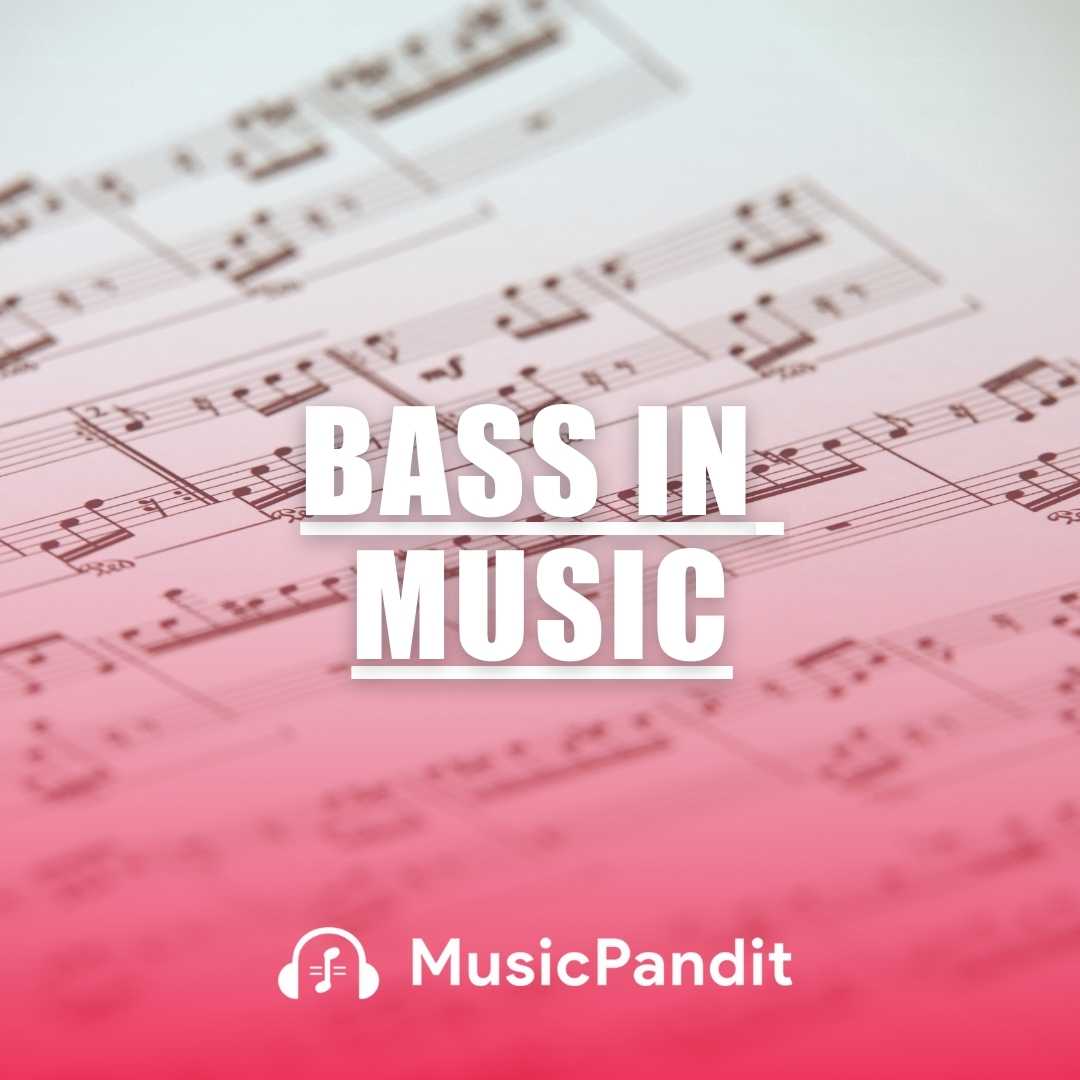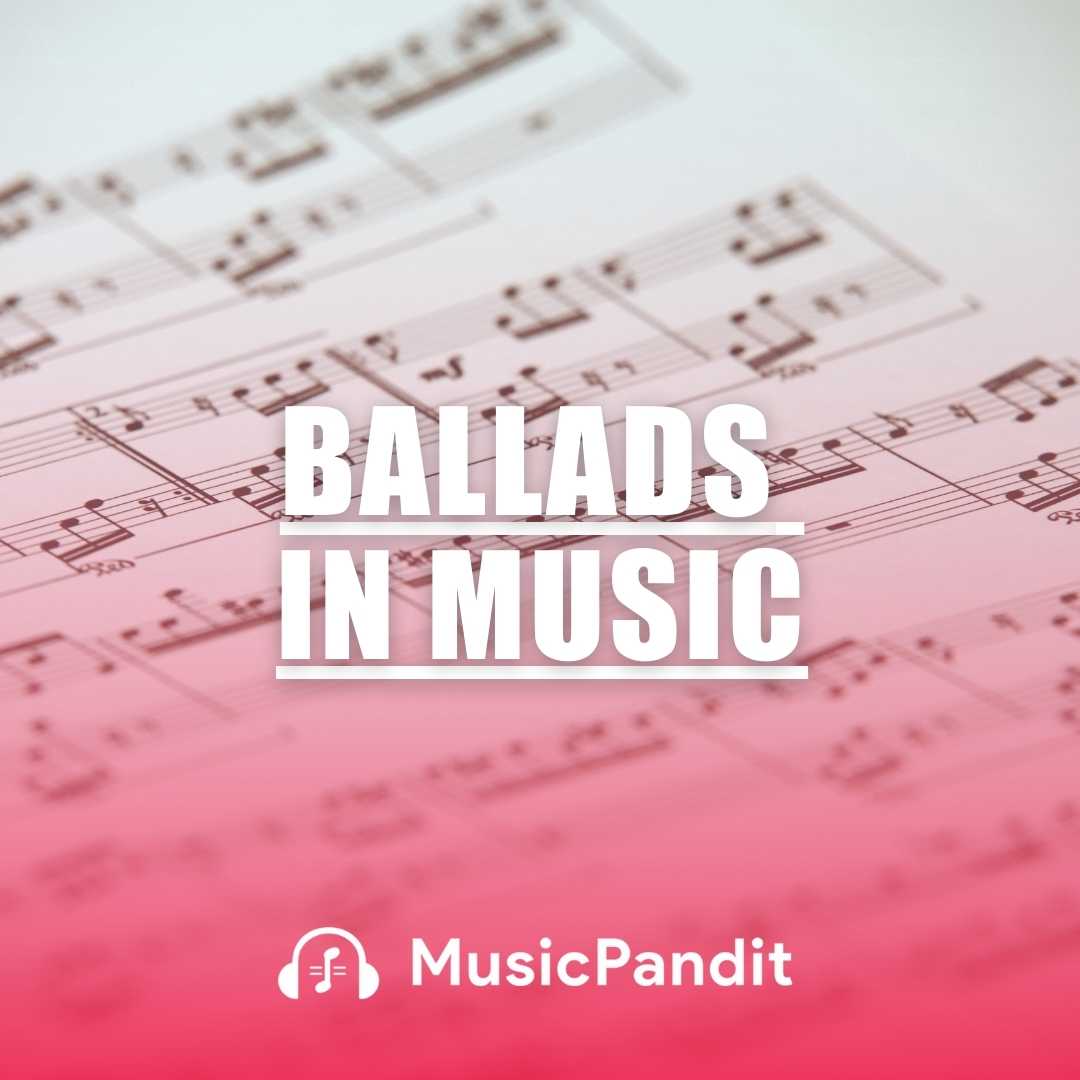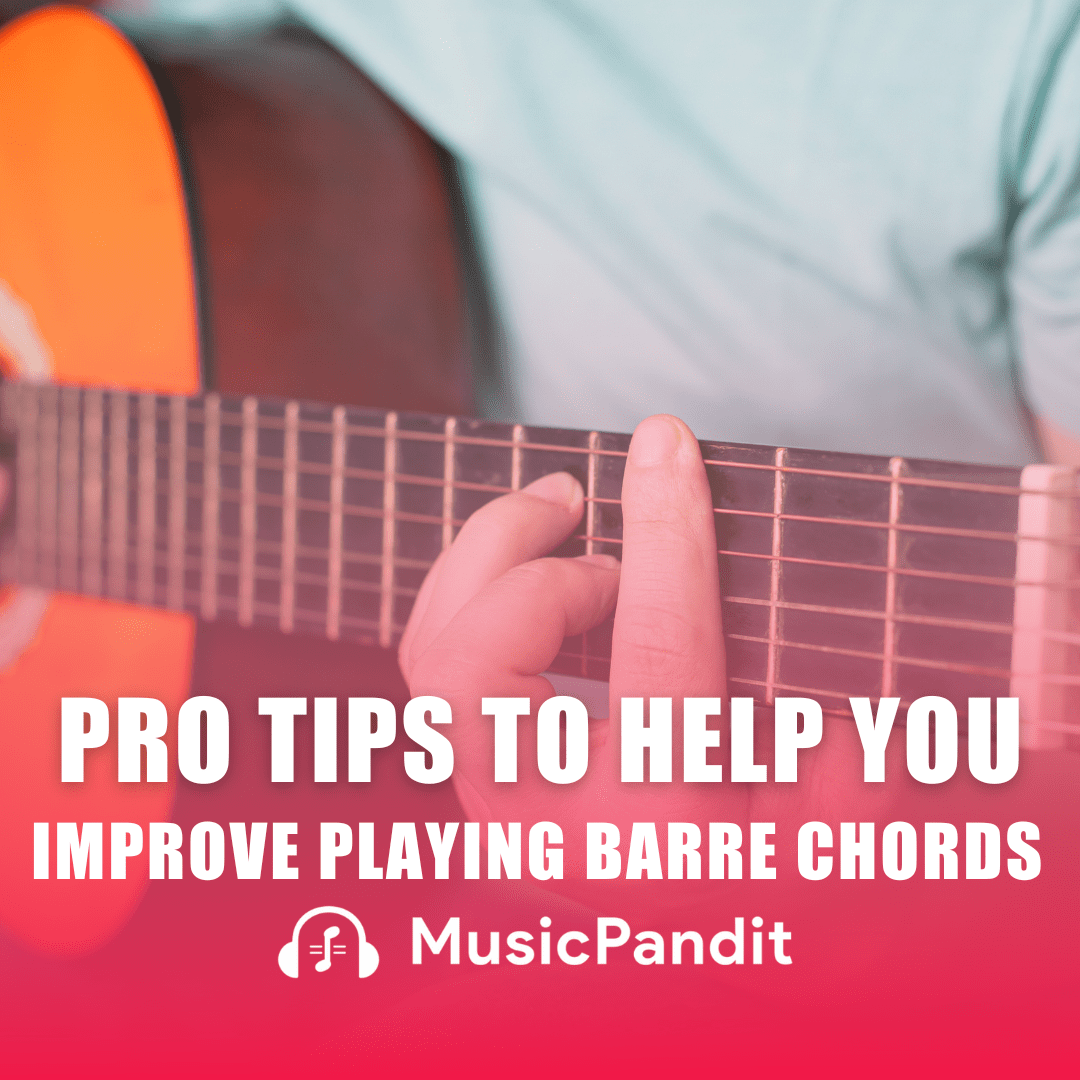Articulation in music is how a musician shapes and expresses each note, making it more dynamic, interesting, and clear. Imagine reading a story where every word was spoken the same way—it would be dull, right?
Similarly, in music, articulation helps bring a piece to life by giving notes of their own “personality.” Whether you’re playing an instrument or singing, learning about articulation is crucial for making music expressive and engaging.
What is Articulation?
Articulation refers to the technique used to control the transition between notes. It indicates whether a note is smooth, sharp, detached, or accented. Different symbols in music notation guide musicians on how to articulate each note. This aspect is essential for expressing the character and style of the music. Articulation is relevant for all musical instruments, as well as for vocalists.
Some common articulation techniques include:
- Staccato: Playing notes in a short, detached manner.
- Legato: Connecting notes smoothly with no gaps in between.
- Tenuto: Holding notes for their full value with slight emphasis.
- Marcato: Accented notes that are played more forcefully.
These different types of articulations help communicate emotions and intentions in music, making each performance unique.
Importance of Articulation in Music
Articulation is a vital part of musical expression. Without articulation, music can sound flat and lifeless. Proper articulation gives clarity to the music, helps in defining the musical style, and enhances the listener’s emotional experience.
For example, staccato notes can create a playful, energetic feel, while legato can evoke a flowing, serene mood. Therefore, musicians must pay close attention to articulation to convey the intended mood and style of a piece.
Why Should You Care About Articulation?
Adds character to music: Articulation adds flavour, making your performance stand out.
Improves communication: Whether you’re playing solo or in an ensemble, articulation ensures clarity in musical ideas.
Enhanced expression: Different articulations allow musicians to express various emotions and styles.
How to Practise Articulation
Practising articulation requires a clear understanding of different types and regular exercises tailored to your instrument or voice. Here’s how to improve your articulation:
- Start Slowly
First, identify the articulation markings in your sheet music. Then, practise each passage slowly to focus on mastering the articulation. Speed can be gradually increased once you have control over how each note is articulated.
- Focus on Transitions
Pay close attention to how you transition between notes. For legato passages, work on creating smooth connections. For staccato, ensure each note is clearly separated.
- Use Metronome
Using a metronome will help you maintain steady rhythm while focusing on articulation. This is especially useful for quick staccato passages or other articulations that might challenge your timing.
- Experiment with Dynamics
Articulation and dynamics often go hand-in-hand. Experiment with playing or singing notes with different volumes while using different articulations. This will improve your control over both elements.
Articulation Techniques
Different instruments and vocals require specific techniques for articulating notes effectively.
Vocal Articulation
For singers, articulation often involves how they shape vowels and consonants. Techniques include:
- Legato singing: Smoothly connecting one note to another.
- Staccato singing: Producing short, clipped notes to create a bouncy effect.
- Crescendos and decrescendos: Gradually increasing or decreasing the volume while articulating the notes.
Practising vocal exercises like scales and arpeggios with different articulation markings helps build control over these techniques.
Instrument-Specific Articulation
String Instruments
In string instruments like the violin, articulation is managed using the bow. Techniques include:
- Spiccato: Bouncing the bow on the string for a short, sharp sound.
- Pizzicato: Plucking the strings with fingers instead of using the bow.
- Sul ponticello: Playing near the bridge for a brighter, more resonant sound.
Wind Instruments
Wind instrument players use their breath and tongue to create articulations like:
- Tonguing: Controlling airflow to create staccato or legato effects.
- Double tonguing: A technique used in faster passages to alternate between different parts of the tongue for clear articulation.
Piano
In piano, articulation is controlled through touch and the sustain pedal. Pianists use:
- Legato: Playing smoothly by connecting each note.
- Staccato: Lifting fingers quickly off the keys to create short, detached sounds.
- Accent: Pressing the keys harder for a more pronounced note.
Benefits of Mastering Articulation
Understanding and practising articulation offers several benefits for musicians:
- Improves overall technique: Mastering articulation refines your playing or singing technique.
- Makes performances more expressive: Proper articulation makes your music more compelling and emotive.
- Enhances musicality: It helps in developing a deeper understanding of music, making you a better interpreter of various styles.
Articulation in Different Genres
Different genres of music require different articulations to suit their unique styles. For instance:
Classical music often demands a wide range of articulations, from delicate legato to sharp staccato.
Jazz relies heavily on articulation to bring out the groove, often using accents and syncopation.
Pop music may use more simplified articulations but still relies on clarity and precision.
Related Topics
Articulation is closely related to other musical elements such as:
Dynamics: How loud or soft the music is played, which often works hand-in-hand with articulation.
Phrasing: The way musical sentences are shaped, often dictated by the articulation of the notes within each phrase.
Tempo: The speed of the music, which can influence how certain articulations are executed.
Conclusion
Articulation is a crucial part of music that adds depth, emotion, and clarity to a performance. Whether you’re a singer or an instrumentalist, mastering articulation will greatly improve your musical expression and technique. By practising different articulation techniques and paying attention to how you transition between notes, you’ll be able to convey the emotion and style of any piece of music more effectively.
So, next time you pick up your instrument or sing a song, remember—articulation is the key to making your music come alive!















